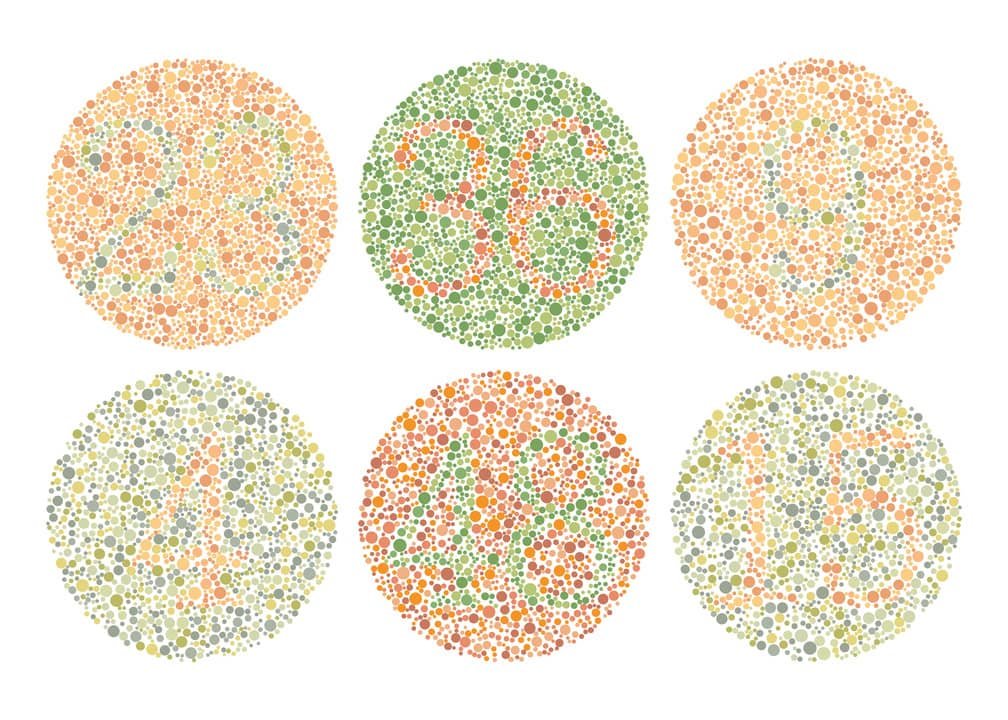Colour Vision Testing: What It Is, and The Importance of Colour Vision Testing in Eye Care
What is Colour Vision Testing?
Colour vision testing is an important aspect of eye care, allowing eye-care professionals to assess how well an individual can differentiate between colours.
Colour Vision Deficiencies (CVD)
CVD can either be congenital (present from birth) or acquired later in life:
Congenital CVD:
Affects both eyes equally and does not change over time unless other conditions develop.
Around 8% of Caucasian males and 0.4% of Caucasian females have congenital CVD.
A family history of congenital CVD increases the likelihood of you or your children having it.
Acquired CVD:
May affect each eye differently.
Can result from ocular conditions such as cataracts, glaucoma, or macular degeneration.
Varying levels of severity and potential for recovery exist.
Why Is Colour Vision Testing Important?
Support Children with Daily Tasks:
Colour vision problems often become noticeable when children begin tasks like colouring in or naming colours. A clear diagnosis of the type and severity of a child’s CVD helps parents and teachers understand which daily activities may be more challenging for the child. This insight allows for adjustments in the classroom and at home, ensuring the child’s needs are met.Career Requirements:
Certain careers, such as aviation and specific military roles, rely heavily on coloured lights and signals, so they have specific colour vision standards. Diagnosing CVD early allows parents to help guide their child’s expectations around career aspirations from a young age.Safety:
In jobs where colour recognition is critical—such as in transportation or electrical work—being able to accurately distinguish colours is essential for avoiding accidents.
Types of Colour Vision Deficiencies
Red-Green Deficiency:
The most common type of CVD. Individuals with this deficiency have difficulty distinguishing between red and green colours.
Blue-Yellow Deficiency:
Less common. Individuals with this deficiency struggle to differentiate between blue and yellow colours.
Complete Colour Blindness (Monochromacy):
Very rare. Individuals with this type of CVD often see the world in shades of grey, ranging from black to white.
How Colour Vision Testing Works
Testing allows optometrists to determine the type and severity of colour vision deficiencies. Multiple tests are required to make an accurate diagnosis:
Pseudoachromatic Plates (e.g., Ishihara plates): The most common test often available in most optometry clinics.
Hue Tests (e.g., D-15): Arranging coloured caps or chips in order of hue.
Colour Matching Tests (e.g., Anomaloscope): Measures brightness and colour matching.
Lantern Tests (e.g., Farnsworth Lantern): Often used in career assessments, particularly in aviation and sailing.
Colour vision testing isn’t just about identifying problems—it provides essential information for individuals to make informed choices about their careers and lifestyles. Around 20% of people with CVD have never been tested.


